Budget 2021: Flagship schemes for girl child education merged with other schemes, suffer budget cuts
No separate allocation to the Beti Bachao Beti Padhao Yojana, which has been clubbed under the Samarthya Yojna scheme. The scheme that encourages education of girl students belonging to SC and ST categories has seen its budget slashed from last year’s proposed allocation of Rs 110 crore to Rs one crore in Budget 2021.
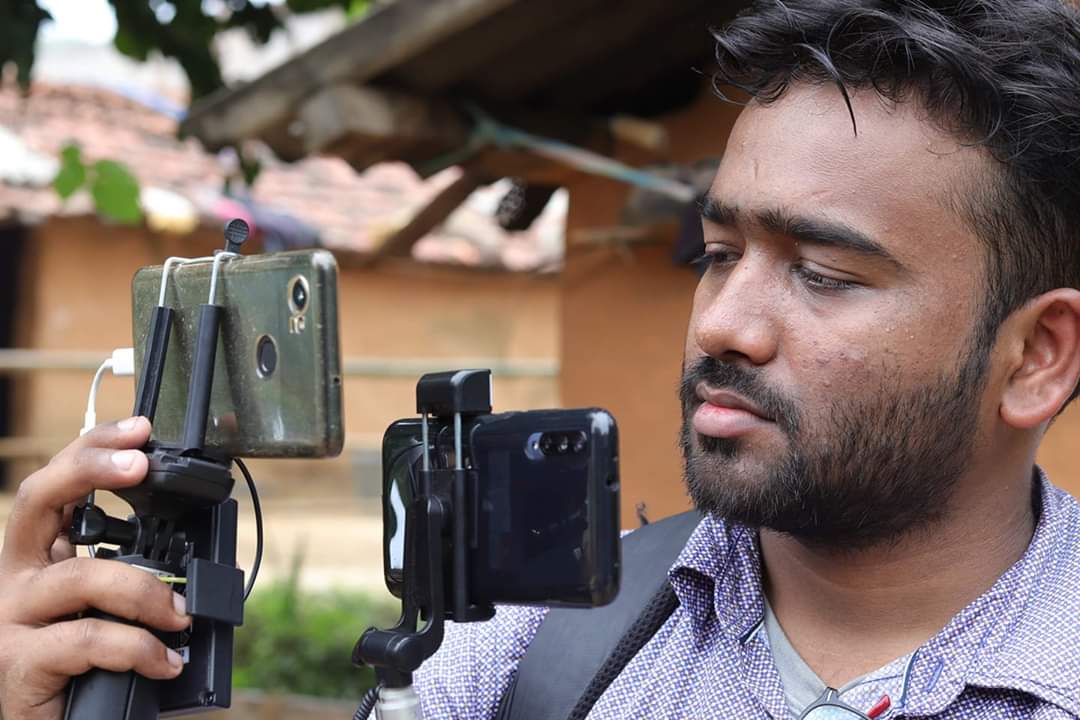
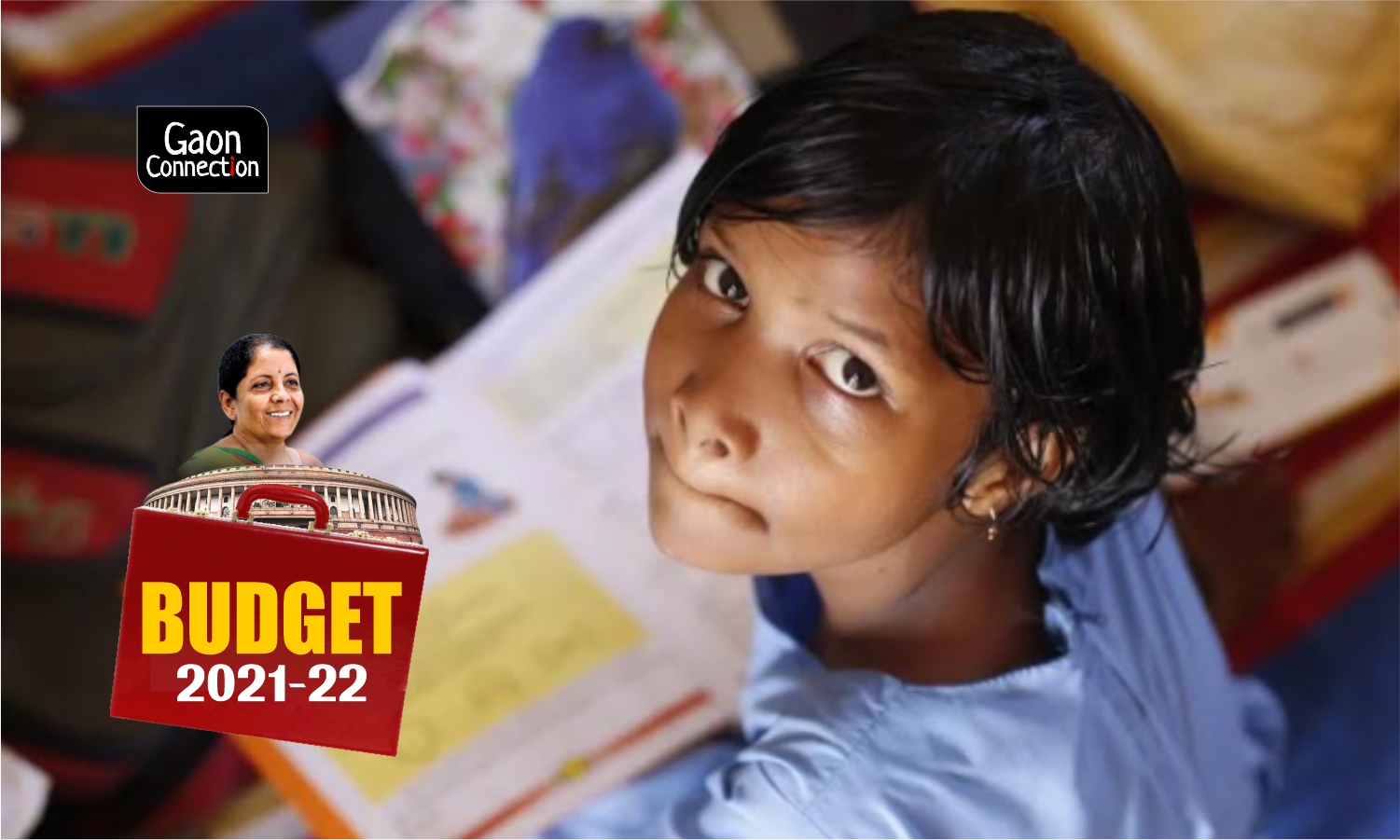
Photo: Pixabay
A thousand kilometres separate the villages that Seema, 12, and Himani, 10, live in — in Bayara of Sant Kabir Nagar district, Uttar Pradesh, and Ataria village of Rajnandgaon district in Chhattisgarh, respectively. They study in class eight and class four, and COVID-19 and the ensuing lockdown forced their schools shut. The girls now devote a significant time to doing domestic chores at home, and fear their studies will come to an abrupt end for no fault of theirs.
Before the pandemic, Seema used to cycle every day to her secondary school located three kilometres from home. She also took part in household chores before and after school, besides occasionally helping her father in the fields. These days, education is last on her list of to-do things.
Himani’s plight is somewhat similar. She wishes to study, but most of her time is spent on household chores. She also gets to play for some time, thankfully. She cannot take part in online classes, because her family doesn’t own a smartphone.
Thousands of girls like Seema and Himani have been unable to focus on education during the pandemic. Which is why educationists and education rights activists were hopeful that this year’s budget would give special attention to education, especially girls’ education, to prevent increased drop-outs. Instead, they found the budget for schemes encouraging girls’ education have been reduced.
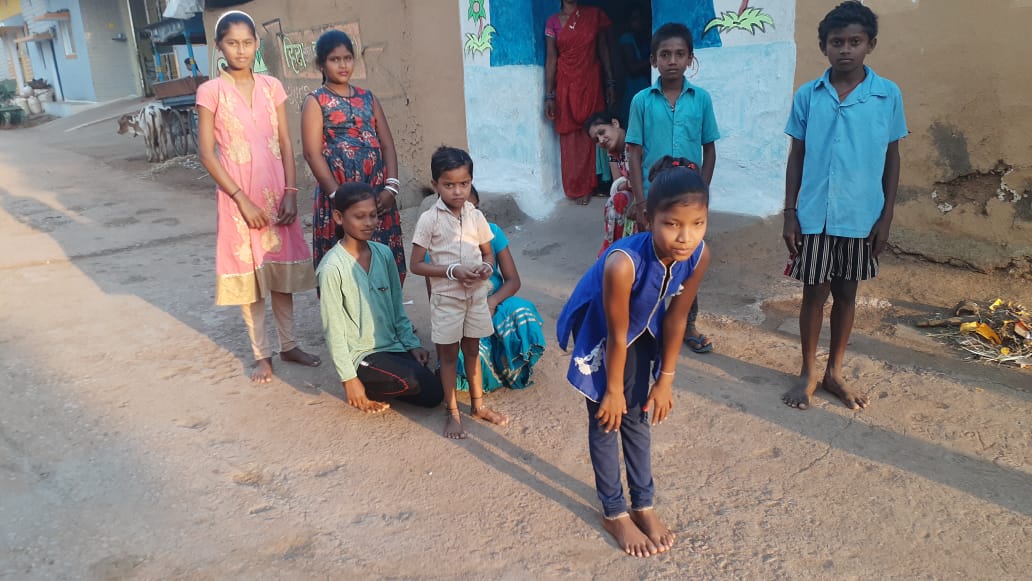
The flagship Beti Bachao Beti Padhao scheme, which received a revised allocation of Rs 100 crore in 2020-21, does not have a separate allocation this year, and has been clubbed under the Samarthya Yojna scheme. The scheme that encourages education of girl students belonging to SC and ST categories has seen its budget slashed from last year’s proposed allocation of Rs 110 crore to Rs one crore.
“In this era of online studies, girls have been the worst victims of the digital divide,” Angela Taneja, head of Oxfam India’s health and education unit, told Gaon Connection. “Priority is being given to boys over girls in providing smartphones or laptops for studies at home. We had expected the government would provide a separate budget for the promotion of girl child education, but the slashed budget is unfortunate and disappointing,” Taneja added.
“The Beti Bachao Beti Padhao scheme could have proved to be of great use at this time of the pandemic,” Mitali Nikore, Mumbai-based independent scholar who researches the UN’s Sustainable Development Goals and public policies, told Gaon Connection. “School girls should have been provided with smartphones and Internet facilities. Even in private and aided schools, education up to Class twelve should have been made free at least during the pandemic so that when schools reopen, the dropout rate of girls could have been curbed,” she added.
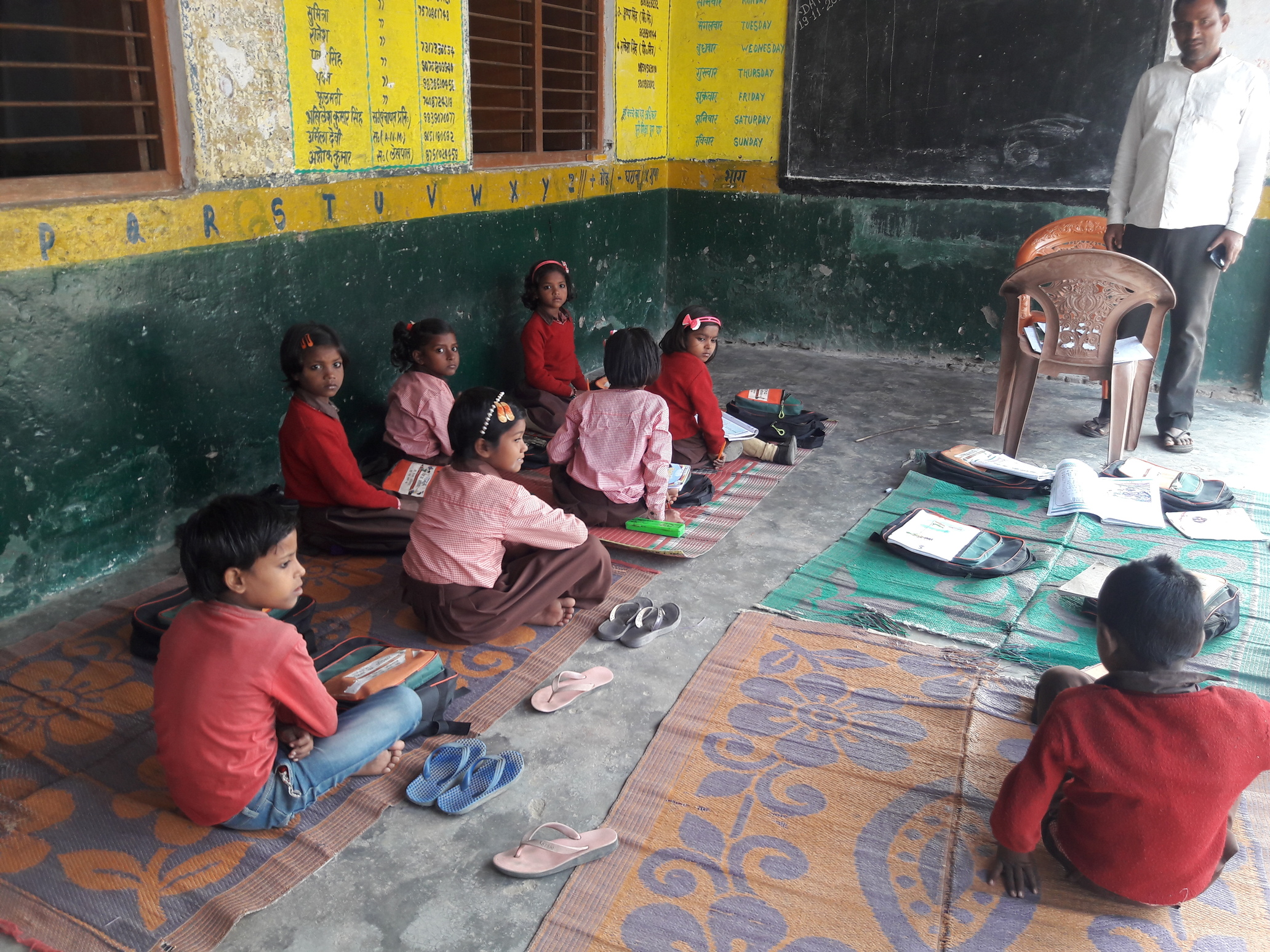
What are the schemes that have taken a hit?
Beti Bachao, Beti Padhao
This scheme, which translates into ‘Save the girl child, educate the girl child’ is a flagship scheme of the Centre, and various schemes such as Sukanya Samriddhi Yojana, Balika Samriddhi Yojana, Ladli Lakshmi Yojana, Kanyashree Kalpa Yojana and Dhanlaxmi Yojana providing numerous benefits and incentives for the birth, education and marriage of the girl child, come under it.
This scheme received an allocation of Rs 200 crore in 2017-18, Rs 280 crore in 2018-19 and only Rs 85.78 crore in 2019-20. In 2020-21, Rs 220 crore was proposed, later revised to Rs 100 crore.
Budget 2021, however, has not allocated any separate budget to the scheme, and, instead, clubbed it under ‘Samarthya Yojna’ (capacity schemes) along with other schemes such as Pradhan Mantri Matri Vandana and Mahila Shakti Kendra and Research, and provided it Rs 2,522 crore. To put it in context, if last year’s original allocations of these four schemes had been merged, the amount would have been Rs 2,828 crore.
Mitra Ranjan, media coordinator of Right to Education Forum informed Gaon Connection that about 70 per cent of the ‘Beti Padhao, Beti Bachao Yojana’ budget used to be spent on advertising and publicity. With the clubbing of its budget with other schemes, the scheme had been rendered even more insignificant, at a time when it could have proved to be an important step towards controlling the school drop-out rate of girls.
Likewise, Budget 2021 has reduced by 27 per cent the allocation towards nutrition of women and children. It is Rs 2,700 crore, compared to the budget estimate of Rs 3,700 crore in the last fiscal.
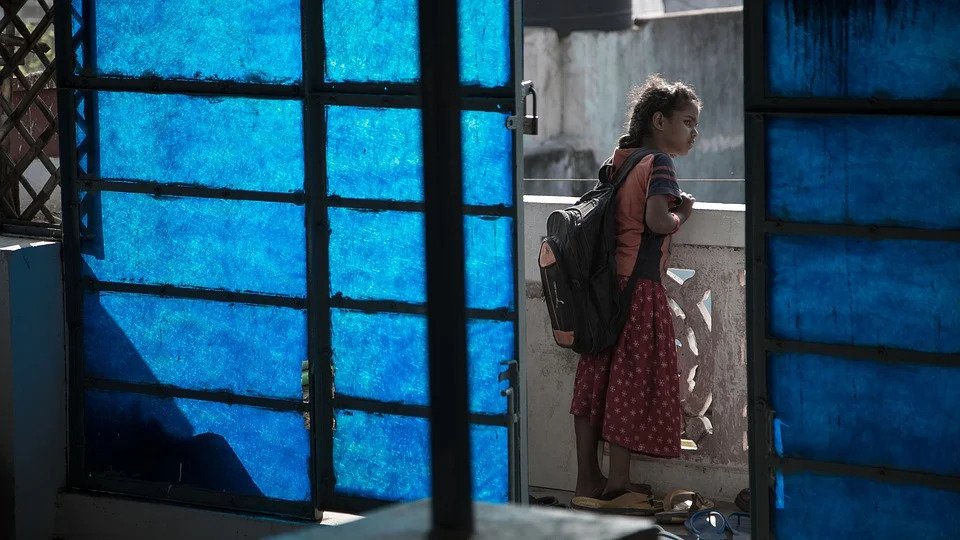
National Girl Education Promotion Scheme
The Centre-sponsored National Scheme of Incentive to Girls for Secondary Education was launched to encourage girl students belonging to scheduled castes (SC) and scheduled tribes (ST) to study beyond class eight.
Under the scheme, SC and ST students who have passed class eight, all girl students of the government-run Kasturba Gandhi Balika Vidyalaya and married girls under 18 years of age are encouraged by the government to study further and provided incentives. The girls get this amount with interest after passing Class X, and attaining 18 years of age. The scheme was launched to increase the enrolment rate of girls who have passed class eight.
According to the Children in India 2018 report of the Union ministry of statistics, 30 per cent of girls drop out of school after passing Class eight, while 57 per cent do so after passing class 10. This number is projected to increase further in the post-COVID-19 situation.
In Budget 2021, the government has reduced the scheme’s budget by 99.1 per cent from last year’s budget — it has received Rs one crore. In the budget 2020, the proposed allocation was Rs 110 crore, revised to Rs one crore. Under this scheme, Rs 87 crore was spent in 2019-20 and Rs 164.58 crore in 2018-19.
Samgra Shiksha (Holistic education)
There has been a deficit of Rs 7,000 crore in the budgetary allocations for the Samagra Shiksha (holistic education) programme compared to last year’s original allocation. A major portion of this scheme’s funds is spent on girls’ education. This year, Rs 31,300.16 crore has been earmarked in the budget under holistic education. In Budget 2020, an amount of Rs 38,750.50 crore was proposed for the scheme, and revised to Rs 28,077.57 crore.
Study predicts likely increase in school drop-outs among girls
Meanwhile, in November last year, the Centre for Budget and Policy Studies, Champions for Girls Education and the Right to Education Forum conducted a survey, and found out that the pandemic had severely affected schooling of girls and 10 million girls are likely to drop out of schools.
The joint survey revealed that only 26 per cent of girls get access to smartphones and Internet facility for online studies as compared to 37 per cent of boys. In the same survey, 71 per cent of girls affirmed that at home, they were asked to do domestic work even during online classes versus only 38 per cent of boys asked to do this.
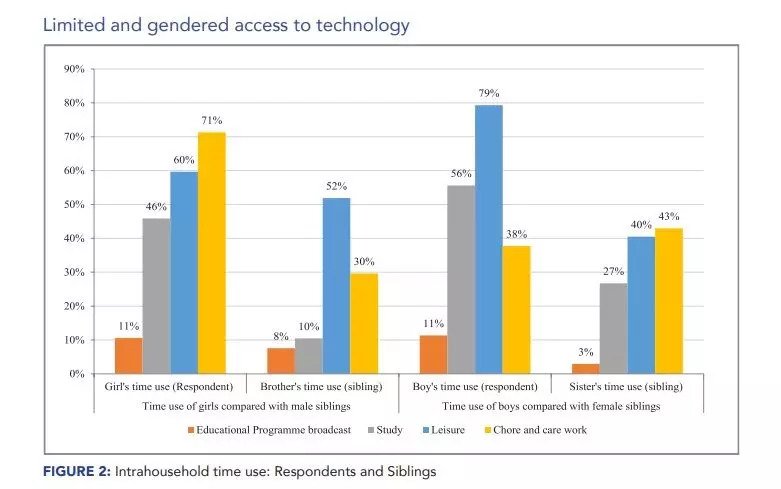
Taneja said the government should have announced special funds in the budget to prevent dropouts. “In this era of the pandemic, girls fear discontinuance of studies, but we are also getting reports of child marriages, early pregnancies and human trafficking coming in from various parts of the country,” said Srijita Majumdar, the research and advocacy coordinator of the Right to Education Forum, an institution working on school education.
“The government, while implementing the new education policy last year, also spoke of a separate fund to reduce gender-based discrimination and promote gender equality. But it seems that the government does not wish to execute its own policies,” Majumdar told Gaon Connection.
Majumdar is among those running an online campaign prior to every budget and appealing to the education minister and finance minister to increase the budget on education to six per cent of GDP as per the suggestions of the Kothari Commission (1966) and extending the RTE Act. About 80,000 people have signed on this online petition so far, including some MPs, veteran officials and members of civil society.
Read the report here.

